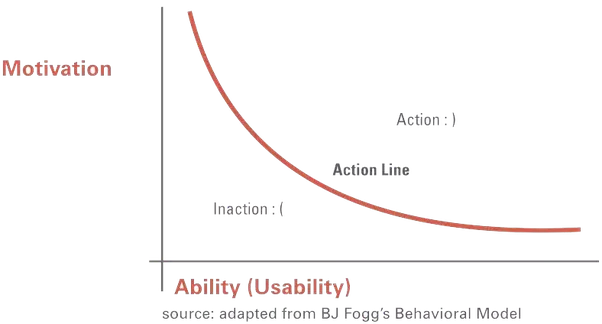If you have been following my previous posts, you will see a focus on the culture of experimentation and thinking loudly with your team and potential customers about the need for your product and its value. This culture of experimentation is not new and has been emphasized in Lean methodology over and over to avoid waste and maximize the business value of your development efforts.
To make the best out of Lean and Agile worlds, product development heads have invented what is called Design Sprints, which are time-boxed activities that push us to brainstorm, test and iterate over our hypotheses in the very early days of product development.
But how is that linked to simplicity in design?

If you have 10 features to add to your product, you need confidence to decide what to keep and what to remove to keep it simple, and confidence comes from your understanding to your customer and the rigorous experimentation you do before introducing new features. Otherwise, you will find simplicity is impossible to achieve in the sense of making the right set of focal choices for the user.


